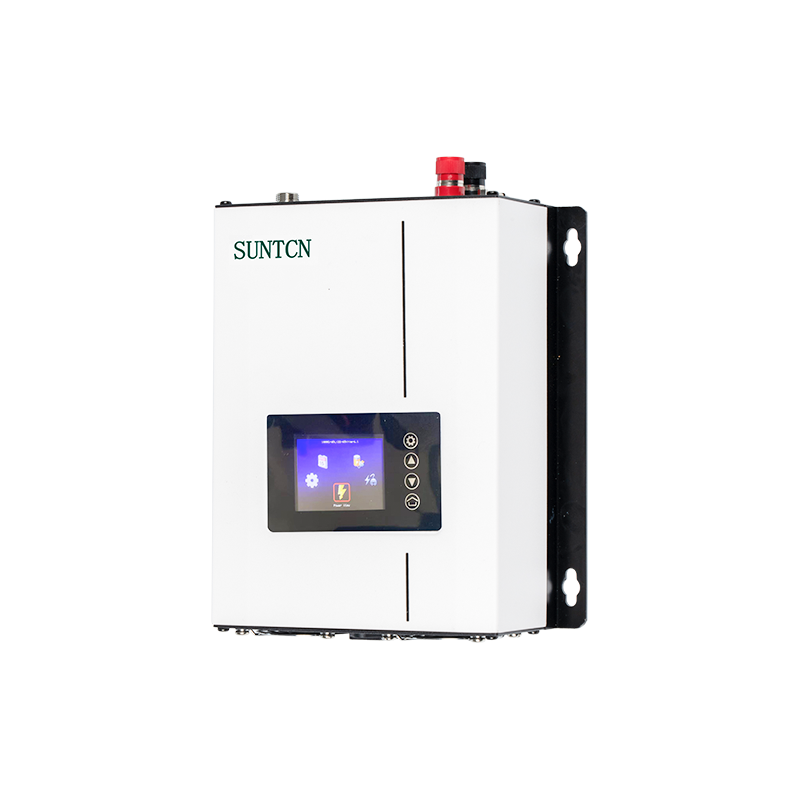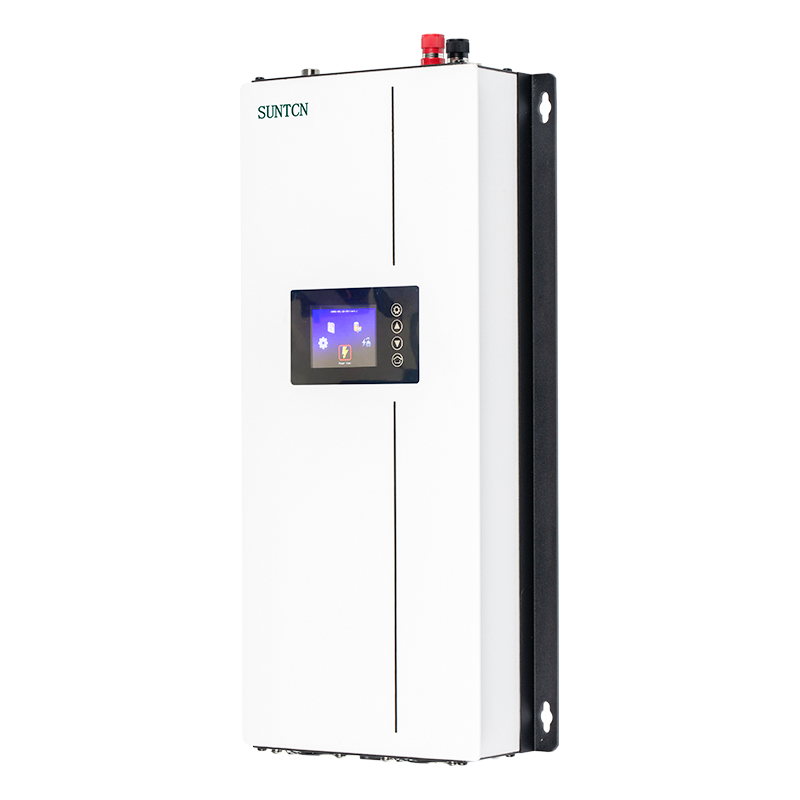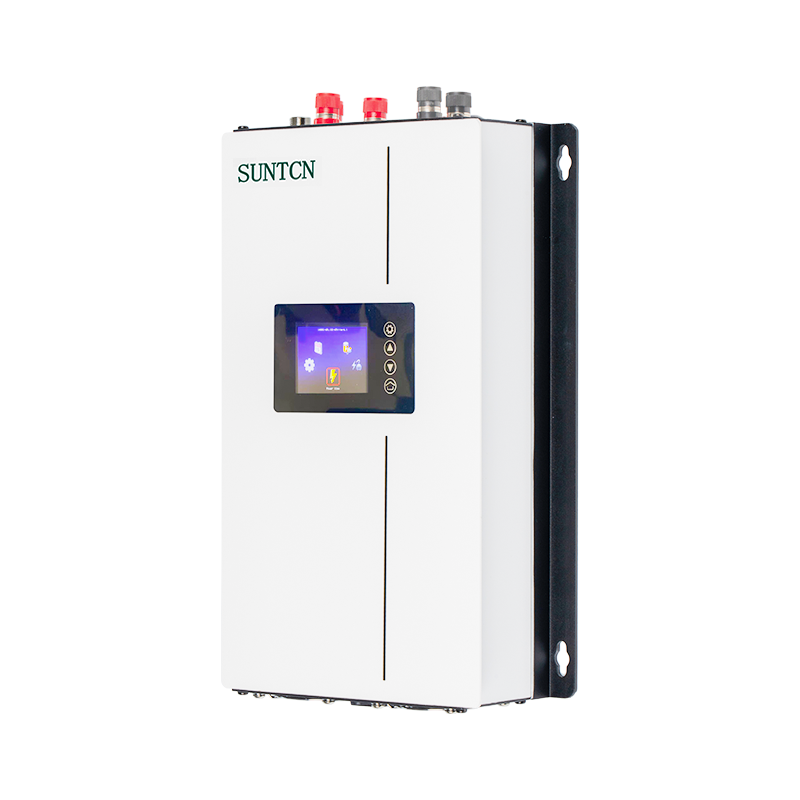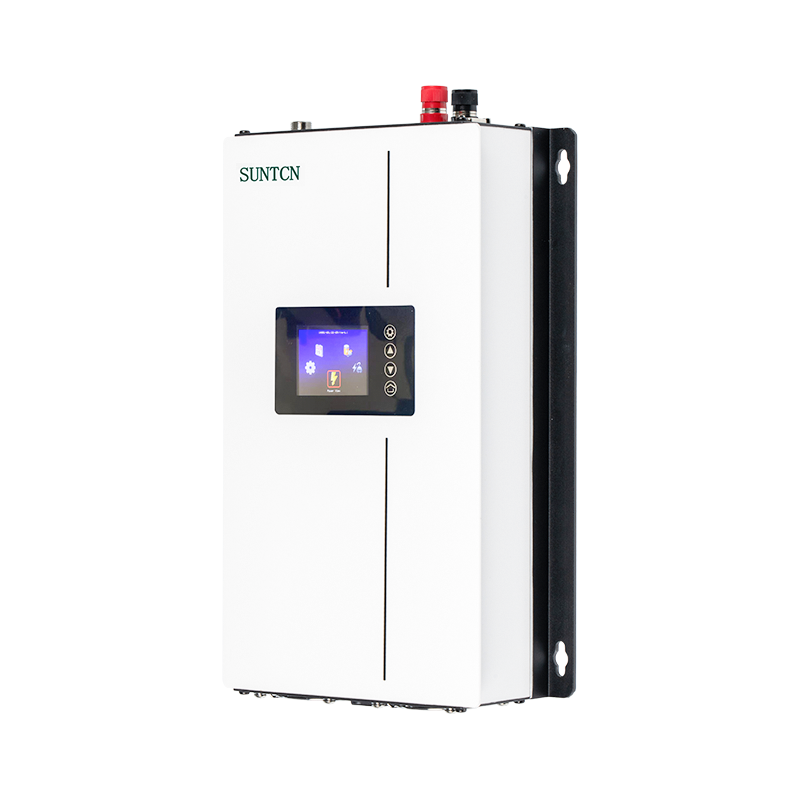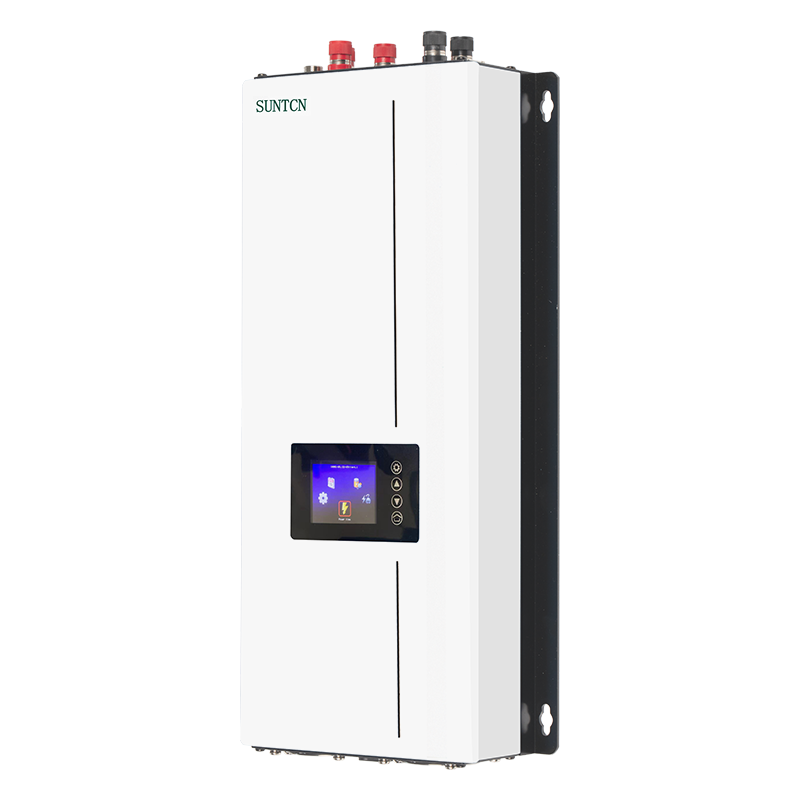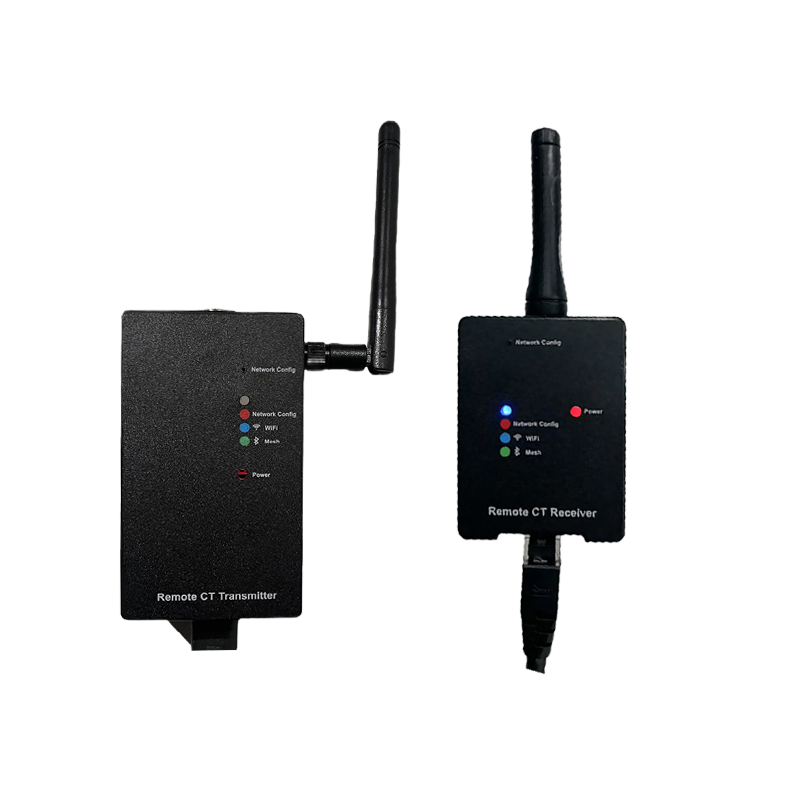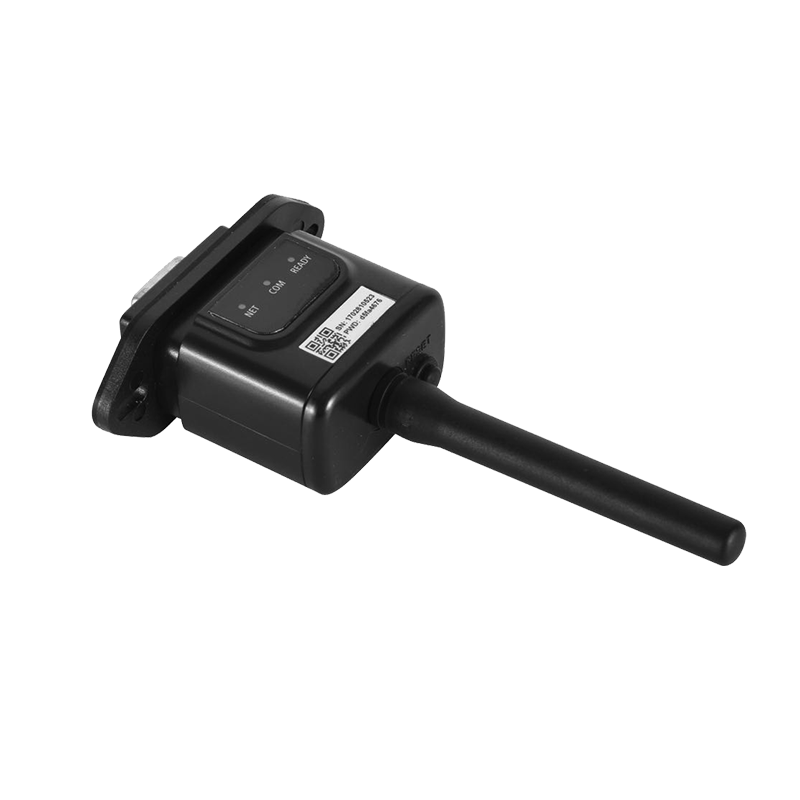As the global demand for renewable energy continues to rise, wind grid tie inverters are playing an increasingly important role as a key technology that connects wind power generation equipment to the power grid. This inverter can not only convert the direct current generated by wind power generation into alternating current, but also ensure power quality and system safety, promoting the widespread application of renewable energy.
The main function of a wind grid tie inverter is to convert the direct current generated by a wind turbine into alternating current that meets grid standards. This process involves not only power conversion, but also the regulation of power quality. The inverter must be able to monitor the state of the grid in real time and automatically adjust the output power to ensure a stable power supply. At the same time, advanced inverters also have protection functions that can disconnect in time when a grid failure occurs to ensure equipment safety.
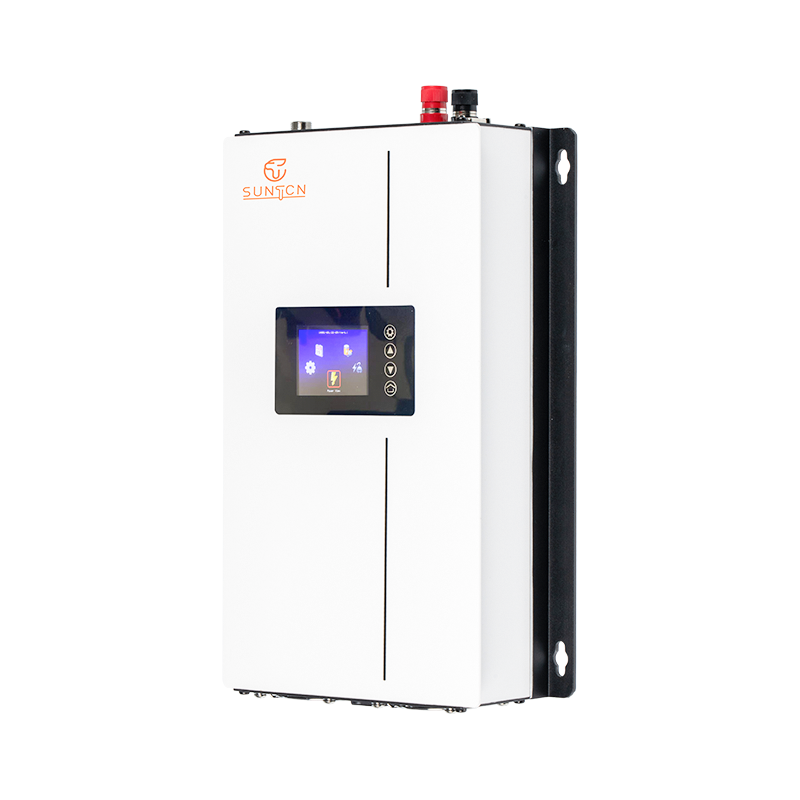
In the field of wind energy, systems using grid tie inverters have many advantages. First, the volatility of wind energy resources causes its power generation to vary with wind speed, and grid-connected inverters can maximize power generation efficiency by adjusting output power in real time. Second, with technological advances, the efficiency of modern wind grid tie inverters continues to improve, and the efficiency of many products has exceeded 98%. This means that more wind energy can be effectively utilized, further promoting the development of renewable energy.
As the world's attention to reducing greenhouse gas emissions intensifies, wind energy, as a clean energy source, has been actively supported by governments of various countries. According to data from the International Renewable Energy Agency (IRENA), global wind power installed capacity has more than doubled in the past decade. With the continuous increase in wind power projects, the market demand for wind grid-connected inverters has also surged.
In terms of technological innovation, many manufacturers are committed to developing more efficient and powerful wind grid-connected inverters. In recent years, inverters based on intelligent and digital technologies have been continuously launched. These products can not only achieve remote monitoring and management, but also optimize system performance through big data analysis. For example, some advanced inverters are equipped with artificial intelligence algorithms that can predict wind speed changes, so as to adjust power generation strategies in advance and maximize power generation benefits.
With the rapid development of battery energy storage technology, more and more wind energy systems are beginning to integrate energy storage components. This combination can not only provide a stable power supply when wind energy is insufficient, but also effectively balance the load on the grid. Wind grid tie inverters play a vital role in this process, ensuring the coordinated work of power generation and energy storage systems.
Although the market prospects for wind grid tie inverters are broad, there are still some challenges in practical applications. First, the regional distribution of wind resources is uneven, and wind energy development is limited in some areas, which affects the construction of grid-connected systems. Second, although technological advances have brought higher efficiency, the overall reliability and stability of the system are still key considerations in design and operation.
In order to meet these challenges, the government and industry associations need to increase their support for wind energy projects, especially in terms of policies and regulations, capital investment and technical standards. At the same time, manufacturers should increase R&D investment and improve the innovation and adaptability of products to meet the changing market needs.
Looking to the future, with the transformation of the global energy structure and the continuous maturity of renewable energy technology, wind grid-connected inverters will play a more important role in promoting sustainable development and addressing climate change. With the help of advanced technology and policy support, the wind energy industry will usher in a brighter future and help the smooth progress of global energy transformation.

 English
English Español
Español Deutsch
Deutsch